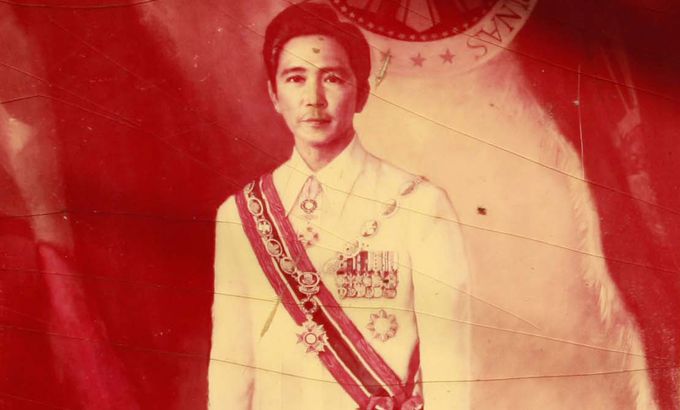
Timeline: The Marcos regime
During his two decades in power, Ferdinand Marcos allegedly looted billions of dollars.
|
“This nation can be great again. This I have said over and over. It is my articles of faith, and divine providence has willed that you and I can now translate this faith into deeds.” |
1965 Ferdinand E. Marcos is elected president of the Philippines
1966 Marcos supports the US policy in Vietnam and despite opposition against his plan he manages to gain Congressional approval to send Philippine troops to Vietnam
1969 As the first Filipino president to win a second term, Marcos is re-elected amidst allegations of electoral fraud. Muslim separatists in the south of the country begin their campaign of guerrilla war
1970 Students in Manila mobilise huge numbers of people to attend protests against US imperialism and the “rise of fascism” under Marcos rule. This period of leftist unrest and demonstrations against the government became known as the “First Quarter Storm”
1972 Marcos declares martial law on September 21, extending his rule beyond the constitutional two-term limit. He justifies his decision with threats of Communist and separatist Muslim insurgencies, and the allegedly staged assassination attempt of a government official. The parliament is suspended, opposition politicians and critics are arrested and censorship is imposed; the size of the Philippine military is increased and military officers are placed in high public and private positions
|
“We love your adherence to democratic principles and to the democratic process, and we will not leave you in isolation” |
1973 Marcos adopts a new constitution and consolidates his hold on power beyond 1973. Opposition leader Benigno “Ninoy” Aquino is arrested and charged with murder, subversion and illegal possession of firearms
1977 After years in prison Aquino is sentenced to death. Marcos delays the execution
1980 Aquino is allowed to travel to the US for medical treatment and stays there
1981 Martial law is lifted. Marcos is re-elected as president
1983 Aquino returns to the Philippines, but is shot dead at Manila airport as he leaves the plane. Many blame Marcos and the military for the murder, but no-one was ever punished for ordering the assassination
1985 The nation is in political and economic chaos, with Marcos under attack by the media and the democratic opposition. Fifty-six assemblymen sign a resolution calling for the impeachment of Ferdinand Marcos for alleged diversion of US aid for personal use. A political movement is formed around Benigno Aquino’s widow Corazon
1986 Presidential elections see Marcos opposed by Aquino’s widow, Corazon. Marcos is officially declared the winner, but Aquino disputes the result. Allegations of fraud and illegal tampering spark a popular uprising, dubbed “people power”, in Manila. The military withdraws its support for Marcos who flees with his family to Hawaii. The new government under “Cory” Aquino claims Marcos had looted billions of dollars during his two decades in power
1989 Seventy-two-year-old Ferdinand Marcos dies in exile in Hawaii after being hospitalised for nearly 10 months
1989 US jets assist Philippine government forces in suppressing an attempted coup d’etat against the Aquino government in December
1990 After a new government investigation, military officials are convicted of the murder of Benigno Aquino
1991 Imelda Marcos and her children return to the Philippines
Imelda and Me airs from Thursday, September 22, at the following times GMT: Thursday: 2000; Friday: 1200; Saturday: 0100; Sunday: 0600; Monday: 2000; Tuesday: 1200; Wednesday: 0100; Thursday: 0600. Click here for more on Al Jazeera Correspondent. |
